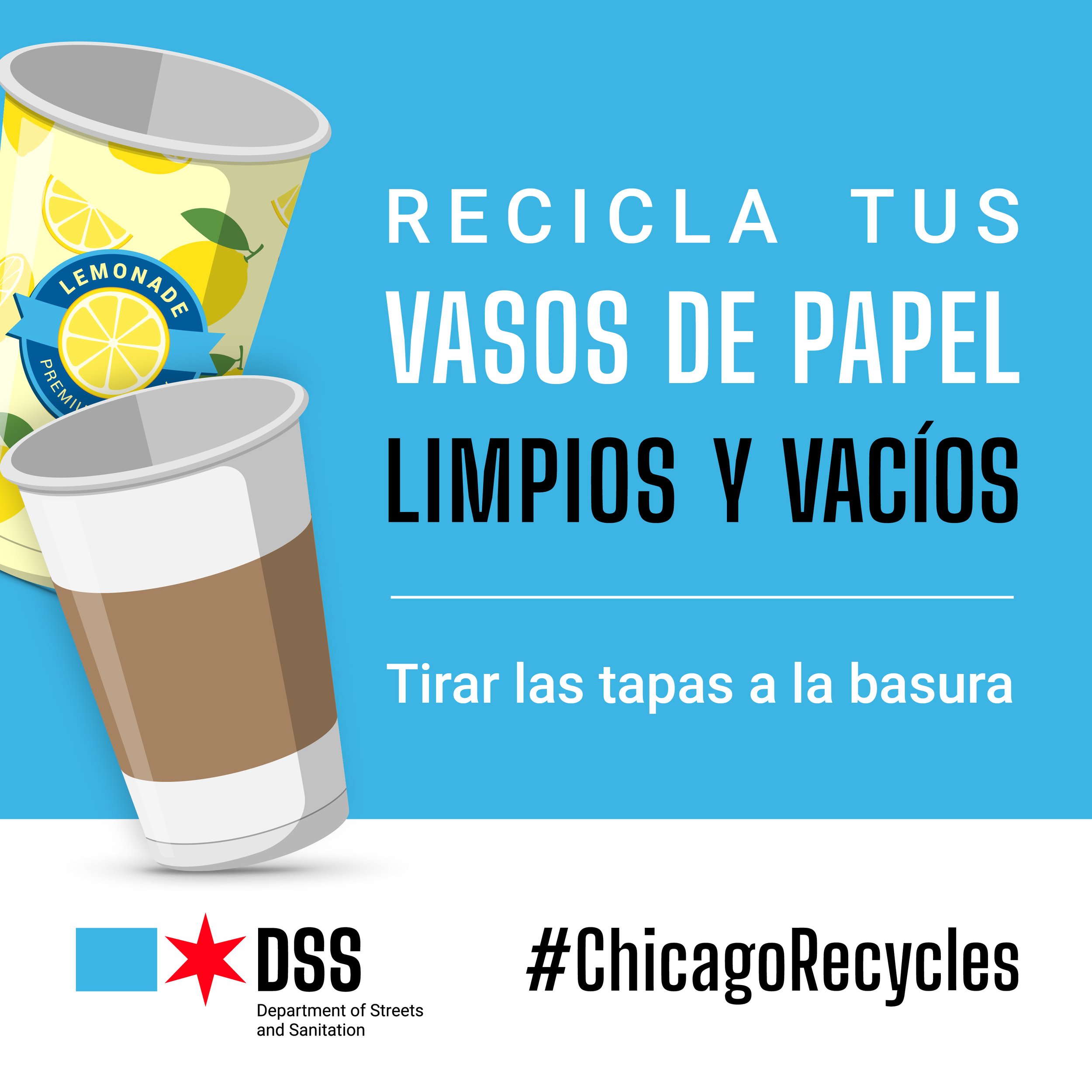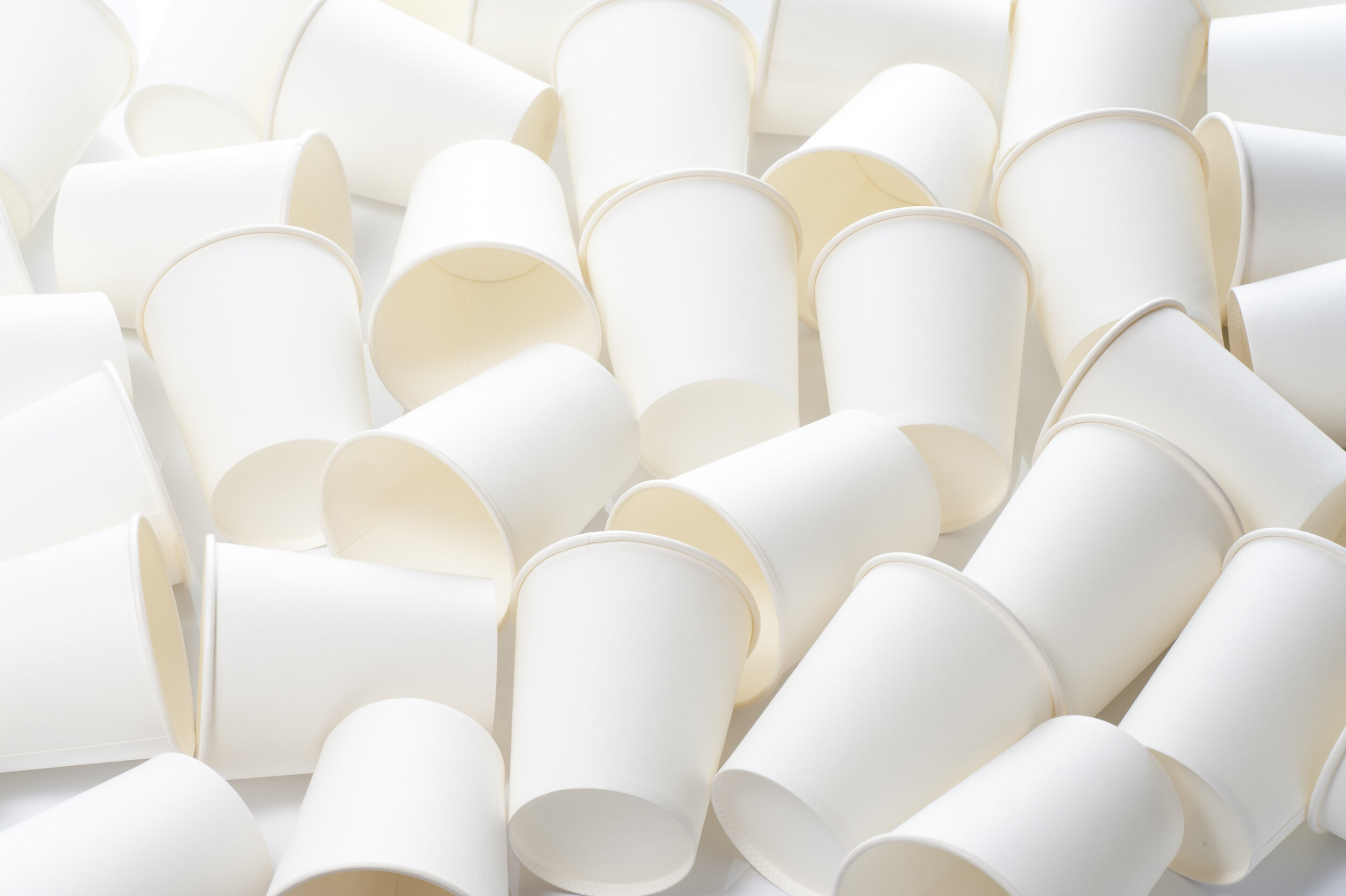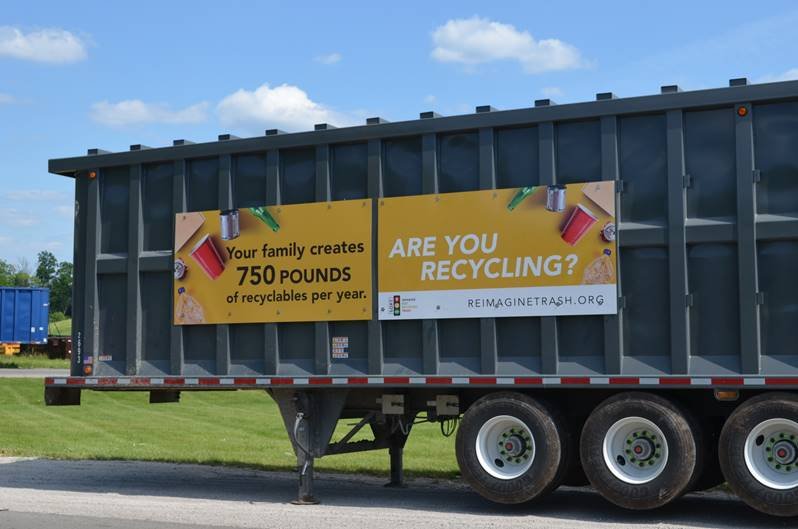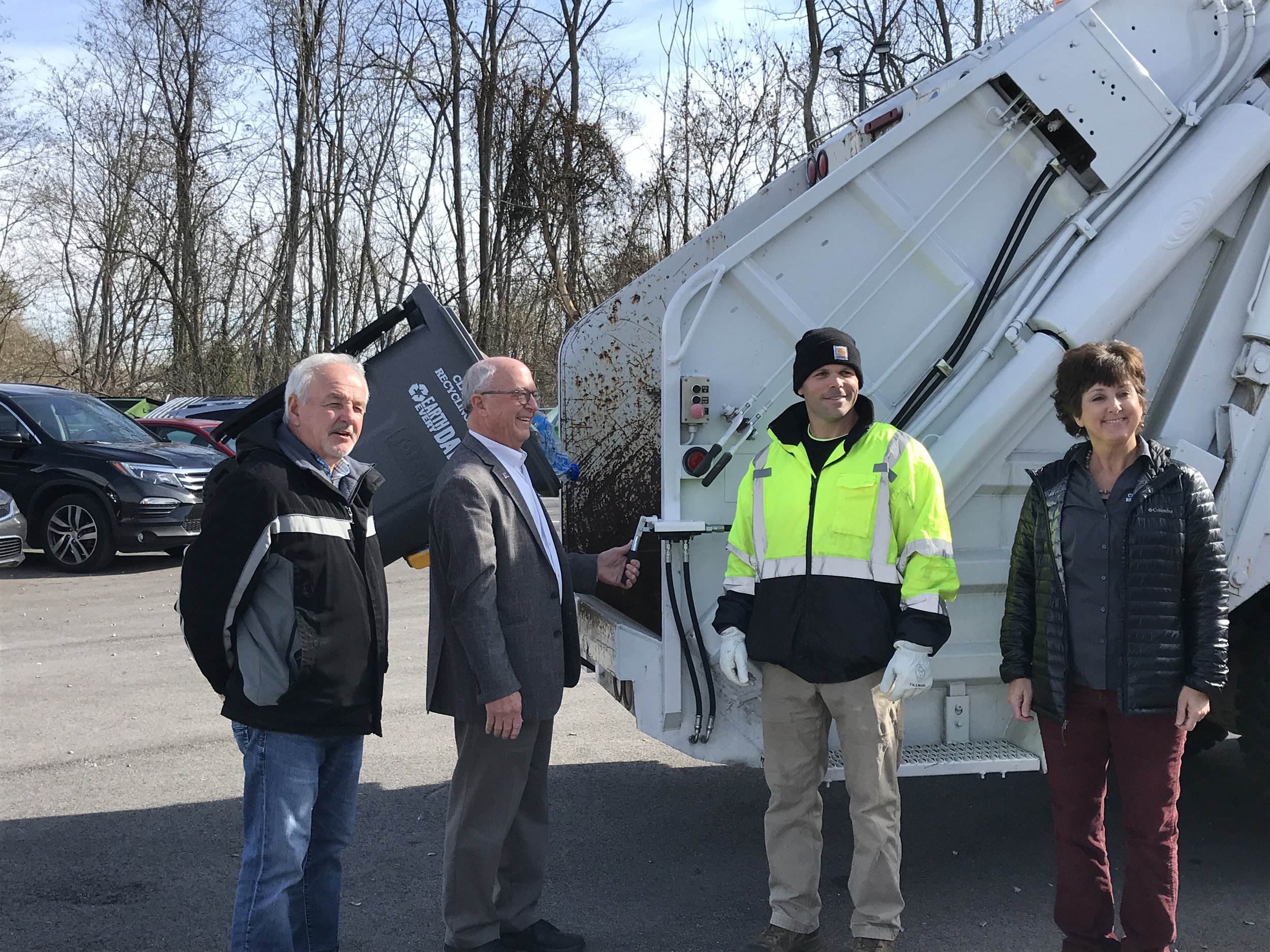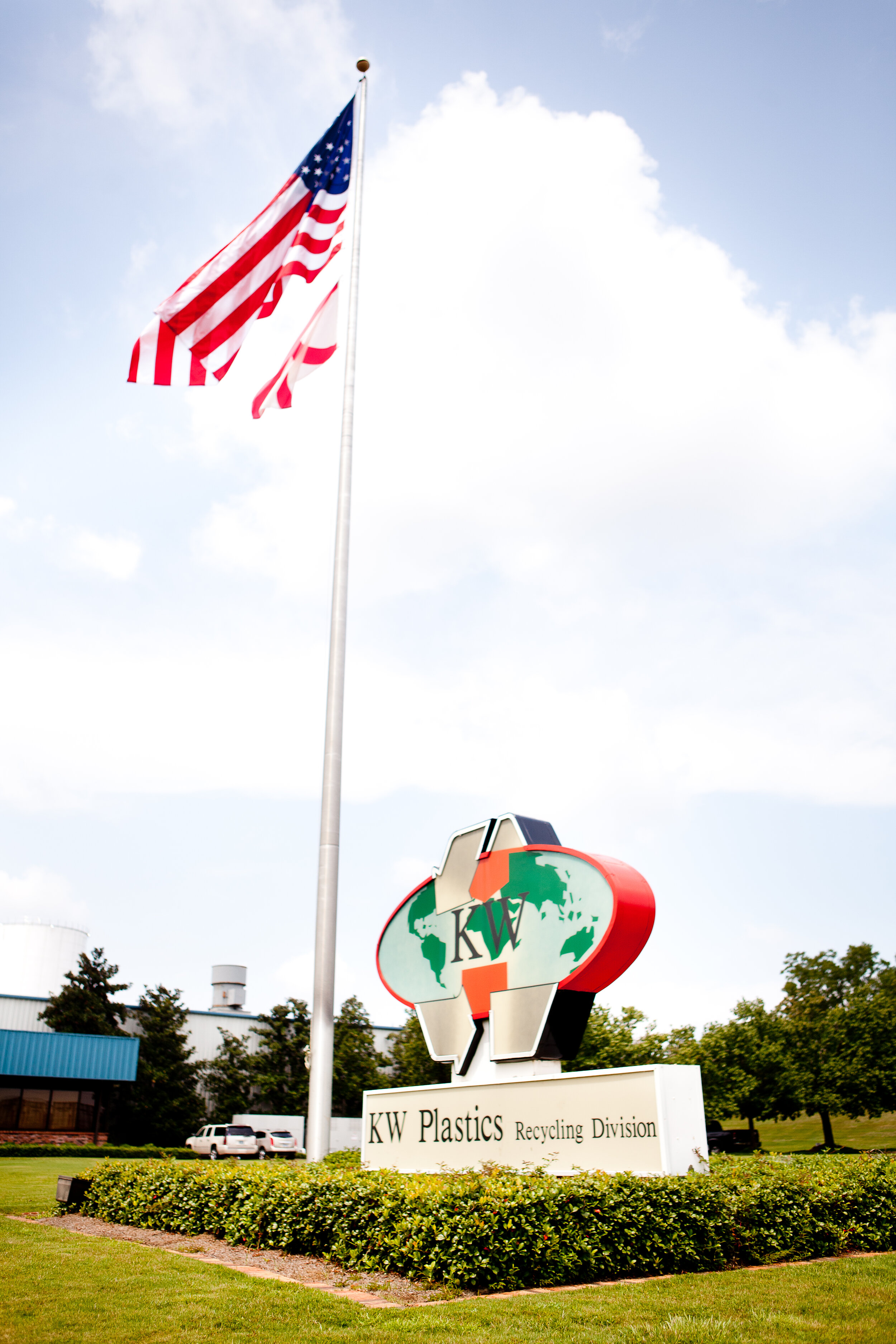Specialized Environmental Technologies | Empire Township, MN
Background
Since the late 1990s, Specialized Environmental Technologies (SET) has operated a forced-air windrow composting facility in Empire Township, a suburb on the Southeast edge of the Twin Cities metro region in Minnesota. In addition to accepting between 50,000-60,000 tons of yard trimmings annually, it also collects approximately 20,000-25,000 tons of food waste which is accompanied by some compostable foodservice packaging, estimated at slightly less than 5 percent (by weight) of the incoming material. SET welcomes various compostable foodservice packaging items, including those that are certified as compostable by the Biodegradable Products Institute and/or the Compost Manufacturing Alliance. Compostable packaging serves as a carbon source to the piles (supplementing the dominant source, leaves) to achieve the primary carbon-rich blend composted at the site.
The material SET receives is largely generated by local municipalities such as Minneapolis that operates a curbside organics program, however SET also accepts material from commercial and institutional sources such as schools and local businesses. One high-profile customer includes US Bank Stadium in Minneapolis, home of the Minnesota Vikings, which delivers kitchen scraps from back-of-house food prep areas as well as post-consumer foodservice waste including food that is not consumed and compostable packaging.
Foodservice Packaging Materials Accepted
Uncoated food-soiled paper: napkins, paper towels, tissues
Uncoated paper plates
Paper bags
Paper cups and takeout containers with compostable coating
Plates, containers, trays, etc. made from molded fiber container (e.g. tree fiber, bagasse)
Compostable plastic bags
Compostable plastic cups, takeout containers and cutlery
Successfully Composting Food Waste and Foodservice Packaging
All composters accepting loads of source-separated organics (SSO), particularly from post-consumer sources, must contend with some degree of contamination. Understanding this, SET has refined its methods to boost the efficiency of its systems over time as it has expanded its operations to compost higher proportions of SSO. This allows SET to maximize the amount of compostable foodservice packaging materials that make it through the composting process, rather than being inadvertently removed from the material stream along with other actual non-compostable contaminants which should not be in the stream.
The general process steps at SET’s Empire Township site can be seen in Figure 1. Material is initially blended before undergoing a two-step composting process with intermittent screening. The first composting stage, an aerated static pile process, affords compostable foodservice packaging items sufficient opportunity to break down to particle sizes that are less prone to removal during screening. After the windrow step, feedstock is sent through an initial screening process that removes most non-compostable items such as conventional plastic “look-alikes” and other items that have not degraded, before material is sent to a second composting stage for curing. Finally, a second screening occurs after the static-pile process to remove any remaining contaminants.
Controlling for Feedstock Contaminants
In addition to process modifications in the composting process to prevent premature screening-out of compostable foodservice packaging, SET has taken several critical steps further upstream to minimize the quantity of contaminants entering the system. SET participates in waste audits with the source municipality and works closely with them on education to influence consumer behavior. Next, SET engages in activities to train city/county staff on how to identify contamination before it reaches the facility. Visual inspections at the gate assist in filtering incoming loads which may result in the rejection of any that are overly contaminated. SET has also worked for many years with commercial haulers on educational efforts so they can help spread the word to their accounts, leading to cleaner loads that are not rejected.
Finding the Right End Market is Essential
SET would encourage any composter looking to accept food waste with compostable foodservice packaging to conduct research into the appropriate markets for the compost ahead of time to understand where and how to sell the finished compost product. Not all compost is the same and each type may have different markets. For example, compost produced from food waste and compostable foodservice packaging will generally have different characteristics than compost produced solely from yard waste. SET has not found a way to remove 100 percent of the contaminants that tend to occur in compost mixes produced from post-consumer organics, but it has had success finding viable end markets where a tiny amount of non-compostable inert material can be acceptable. Soil blending can help, and in the future SET plans to develop a buy-back program with municipal customers to help close the loop on organics programs. They also hope this will help encourage less contamination because the consumer will be getting a higher quality product in the end for use back at the location where the organics were originally collected.
- January 2019
Material Loading at SET Facility




